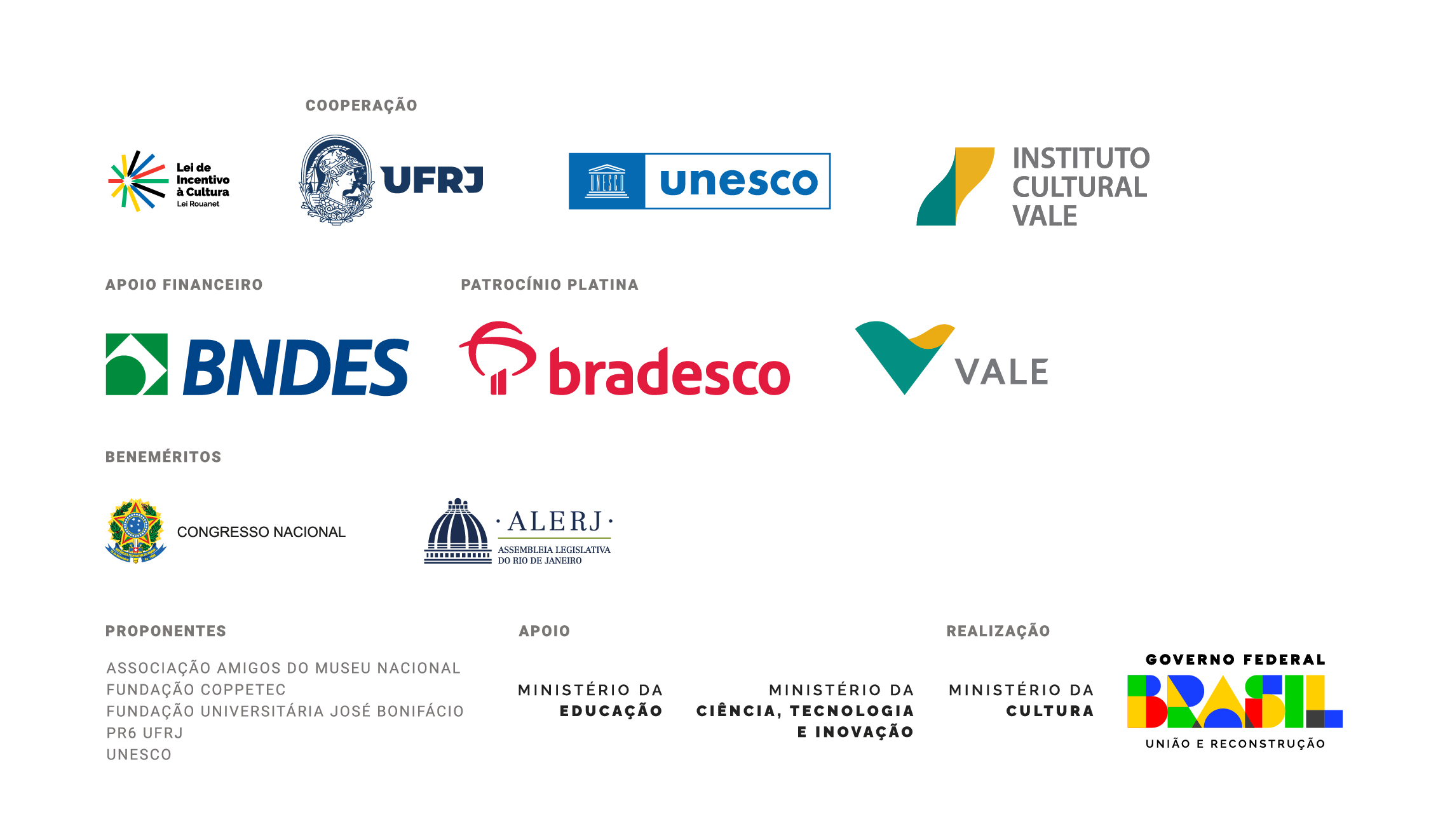ARTISTICAL ELEMENTS PROTECTION STARTS
Ornamental and artistic elements of Jardim das Princesas and Paço de São Cristóvão, National Museum’s headquarters, withstood the 2018 fire. In order to sanitize and prepare them for the phase of works on the facades and roofs of the palace, the Museu Nacional Vive Project started to preserve and protect these integrated assets.
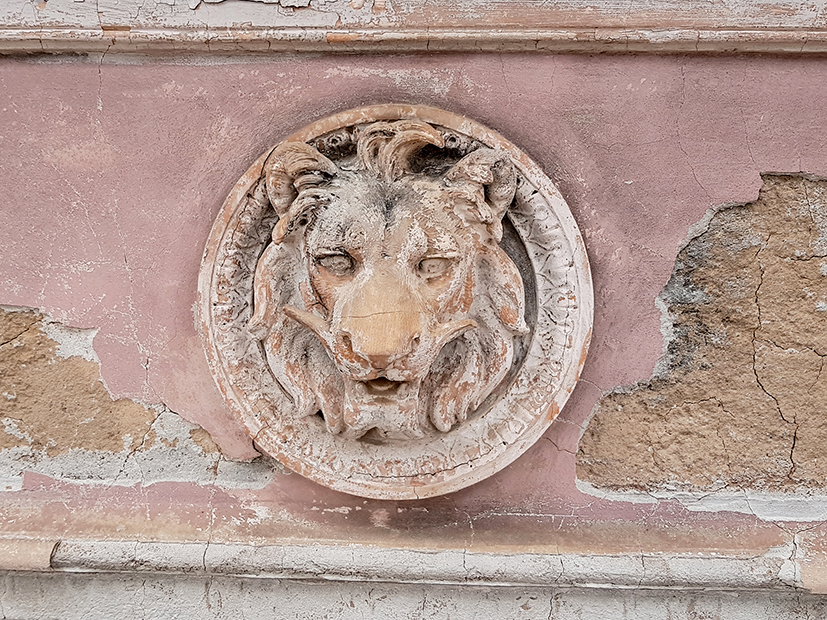
Ornaments from historical rooms in the Paço, such as the Throne Room; the monumental marble staircase and the famous Bendegó meteorite are some of the elements that will receive the services in this stage, in addition to floors and mural paintings. The interventions reaffirm the commitment of the Museu Nacional Vive Project to respect and preserve the history of the monument-building, a Brazilian heritage listed by IPHAN.
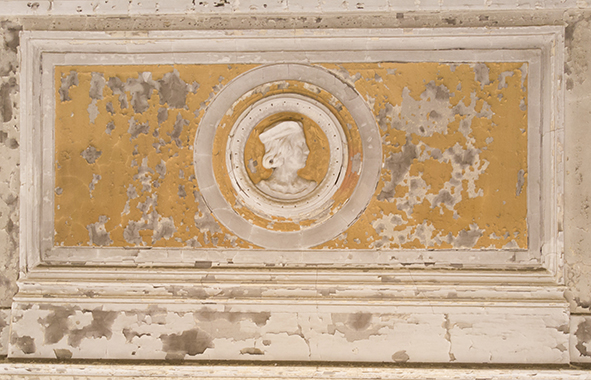
Click on the images and see other elements that will be protected:

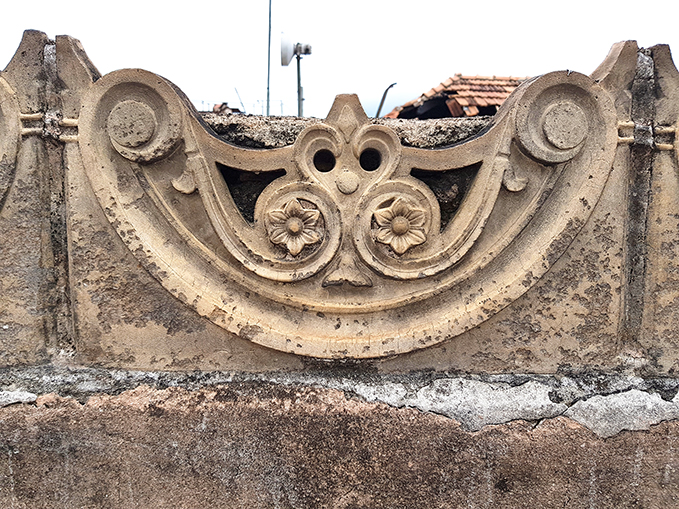


The work, which remains until July 2021, will also reach the gneiss fonts and embossed garlands; benchesand thrones; shellmosaics and fragments of crockeryfrom the Jardim das Princesas. Of great historical value, it is believed that it was Empress Teresa Cristina, for being Italian, who introduced the Romanesqueinlay technique on the integrated assets of the Jardim das Princesas, which consists of inserting shells and pieces of crockery into fresh plaster. The technique would have been passed on to his daughters, who adorned the fountain, thrones, benches and garlands. One of the thrones even has Princess Isabel’s six-year birthday: July 29, 1852.
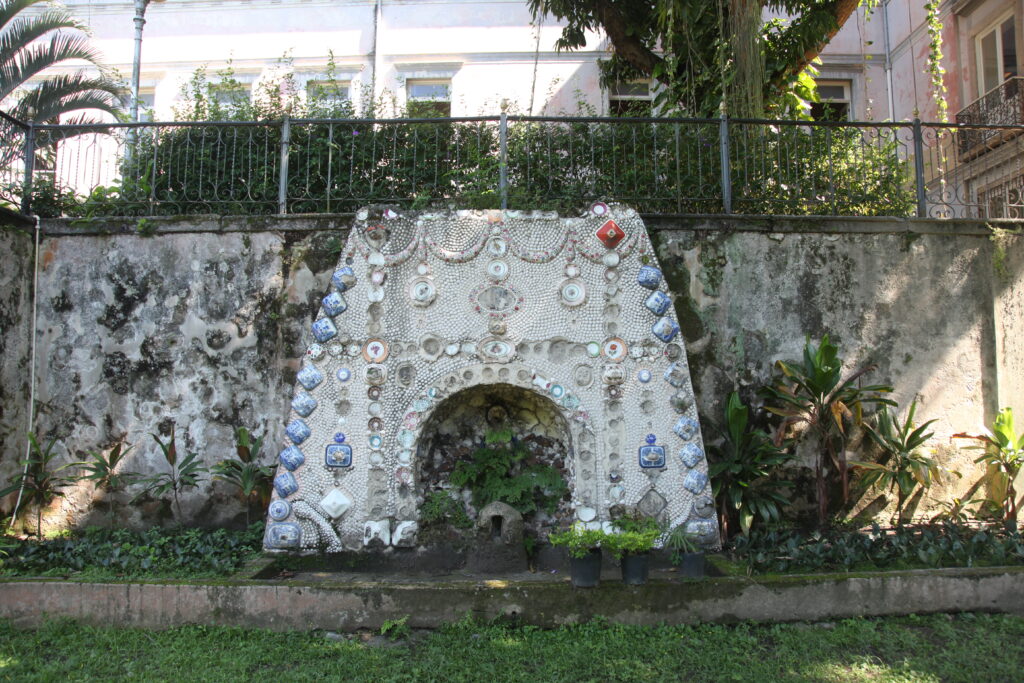
Click on the images and see other elements of Jardim das Princesas:
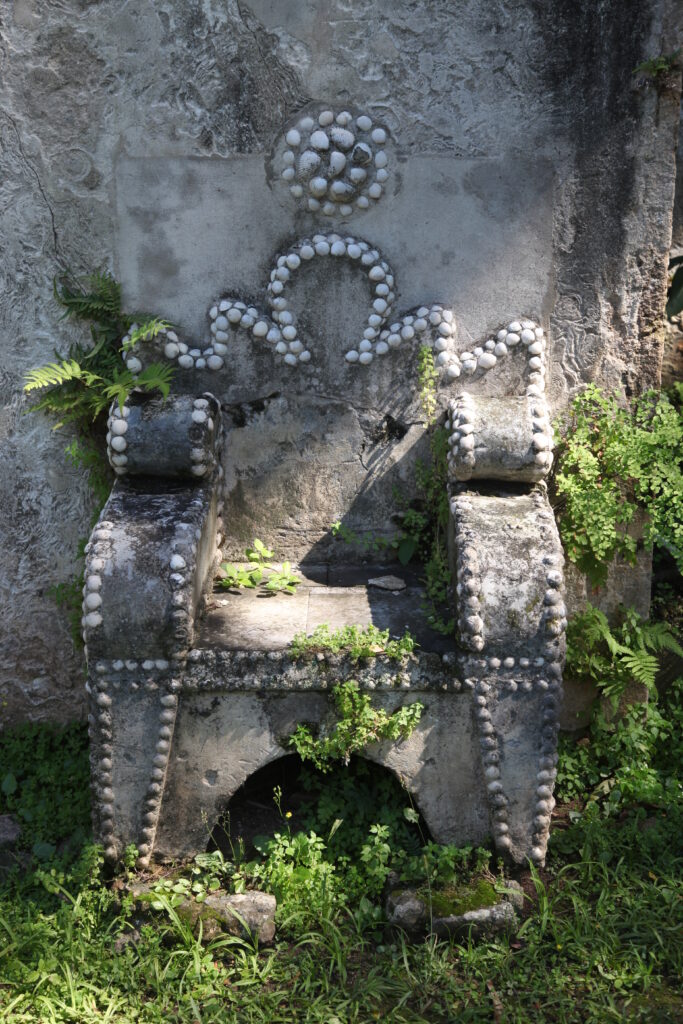


SERVICE
Sanitization and protection of the integrated assets of the Paço de São Cristóvão and Jardim das Princesas.
Service provision time: February to July 2021
Contracting :Company United Nations Educational, Scientific and Cultural Organization (UNESCO), within the scope of the Museu Nacional Vive Project
Project: Velatura
Provision of the service: Construtora Biapó
Amount of the service: R$ 1.781.302,15
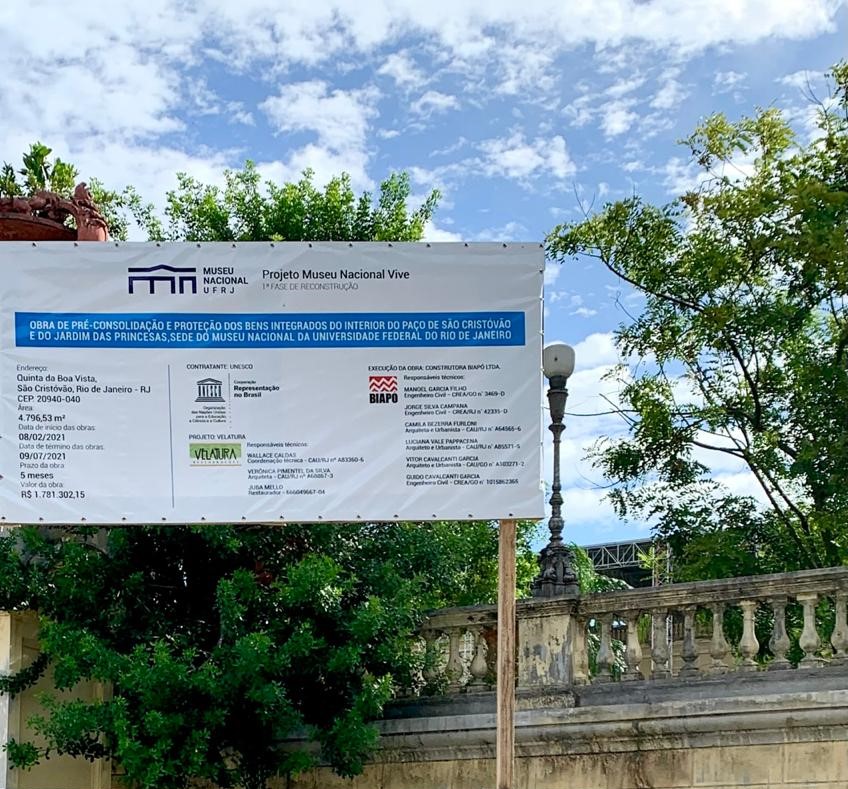
Construtora Biapó, winner of a specific bid for the development of this work, has been operating since 1994 in the area of restoration of historical heritage and has accumulated very successful experiences. Among them, the conservation work at the Pampulha Church (Belo Horizonte – MG), designed by Oscar Niemeyer, with tile panels by Cândido Portinari; and the restoration of the main facades of the historical block of Paço de São Cristóvão in 2008, when the yellow color of the imperial period was restored. The company is also characterized by promoting educational and sociocultural activities combined with restoration actions, involving the closest communities.
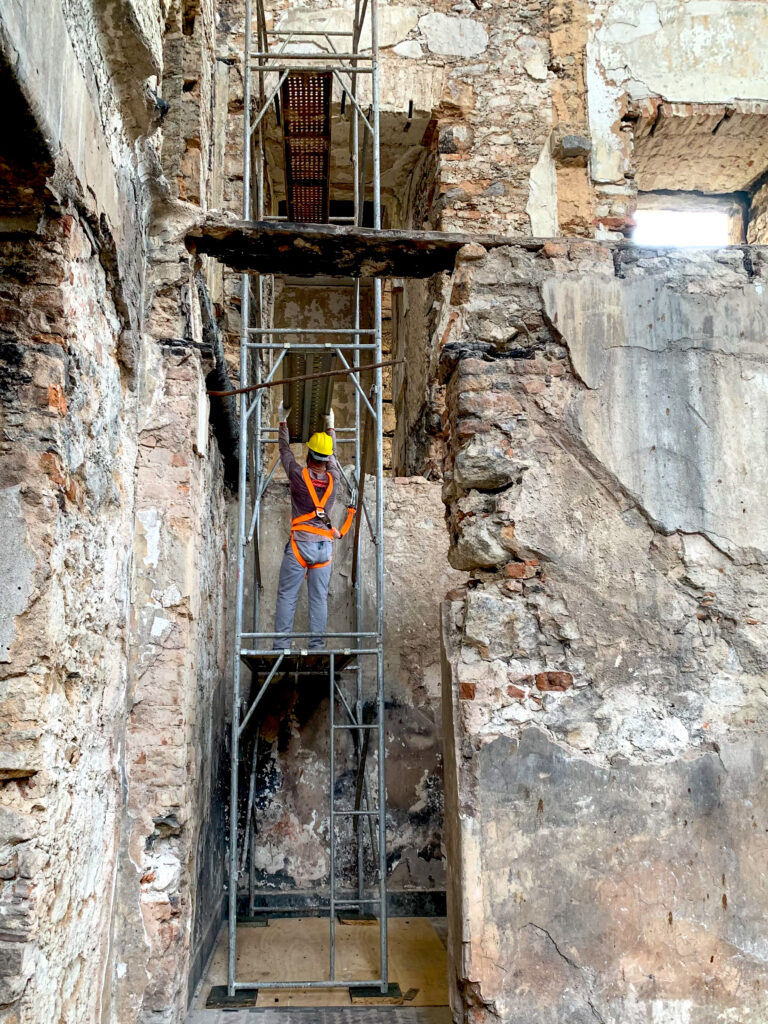
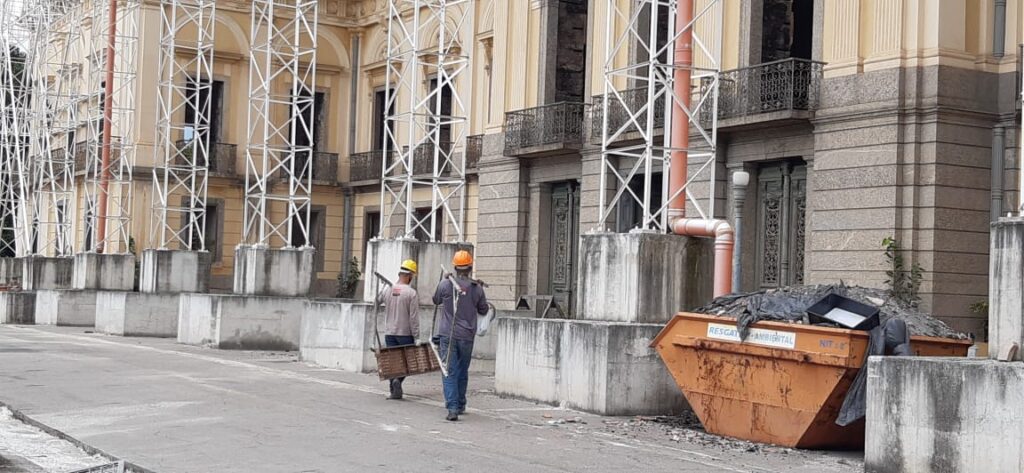

MUSEU NACIONAL VIVE PROJECT
Museu Nacional Vive Project is the result of technical cooperation established between the Federal University of Rio de Janeiro (UFRJ), United Nations Educational, Scientific and Cultural Organization (UNESCO) and Vale Cultural Institute.
With platinum sponsorship from BNDES, Bradescoand Vale; support from the Ministry of Education (MEC), Federal Bench of Rio de Janeiro, Legislative Assembly of the State of Rio de Janeiro (Alerj) and the Federal Government, by means of the Culture Incentive Law, the Project bets on social mobilization and permanent articulation of partnerships to rebuild and return the National Museum/UFRJ to society as soon as possible.
The Project is guided by the principles of transparency and participation, and counts on the partnership of institutions such as the Friends of the National Museum Association (SAMN).




